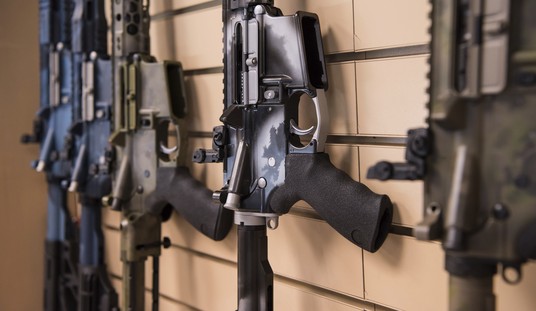The term “gun violence” isn’t popular in pro-gun circles and not without cause. It’s a handy term for describing violence that happens with a gun, but even that has issues.
After all, how would one describe “violence” in and of itself?
Most people think of it as things like armed robbery and murder, but it also includes suicides which, in fairness, are violent.
It’s kind of like “gun deaths” in that way.
And that matters because some want to talk about rural gun violence and ignore the specifics.
Gun violence, especially in rural areas, has been an overlooked issue for many years.
According to NBC News, two decades of data shows that gun violence is worse in rural areas than big cities. This issue is largely overlooked by the public and lawmakers alike.
As stated in a study in a study from the American Medical Association, “high rates of gun homicide in urban centers have been the sole focus of many policymakers and used as justification to loosen gun laws, when in fact gun violence is an issue in counties of all sizes.”
Rural gun violence needs a larger focus in the conversation around gun control, as gun violence has been a growing issue for far too long. If rural gun violence is addressed more on a larger scale, only then will it lead to possible answers on what we can do to stop it.
Because of the misconception around gun violence in rural areas, laws around guns in small towns aren’t discussed or nearly as strict. Iowa is one of these states.
Now, that’s a bold claim. However, I’m sure they’ll tell us all about how much worse the murder rate is in rural areas compared to urban areas or something similar, right?
Right?
Well, not necessarily.
“In Iowa, the rate of gun deaths increased 56 percent from 2011 to 2020, compared to a 33 percent increase nationwide,” according to Everytown for Gun Safety.
In fairness, they do bring up homicides in rural areas and even cite a study that supposedly illustrates that.
In an analysis on gun homicides in rural America from the Center for American Progress, it is stated that many rural communities of Republican-led states actually have a higher or matched gun violence rate than the democratic led communities.
Of course, that study comes from a very biased source–Center for American Progress is a progressive think tank, which means they’re going to be anti-gun–and lacks any discussion of the methodology used to compile that data.
Without that, the claim is mostly useless.
However, I will note that while using per capita rates is handy for comparing dissimilar populations, the downside is that a smaller population can have a much higher rate over a period of time despite having few actual incidents. A town with 100 people can have a sky-high murder rate if just one person is killed, for example.
This is supposedly over a four-year period, but we don’t get to see how they figured any of that much less look at the annual data. One bad year might have been enough for some of these communities.
The problem, though, is the author has no consistency in his terms. Gun deaths and gun homicides aren’t the same things. Suicide is a mental health issue, not a gun issue. You don’t treat it the same way you treat crime, for example.
But he uses the terms interchangeably in an effort to confuse the reader and conflate all the differences as a single thing.
The goal? To try and convince rural people that they should be all for gun control, too.
However, the reality is that gun control doesn’t stop violence of any kind. That’s not going to change because you try to reframe the debate.








Join the conversation as a VIP Member